A temporary and reusable cinema for the Fondation Plaza at Art-Genève. Reenacting the Quonset Hut.
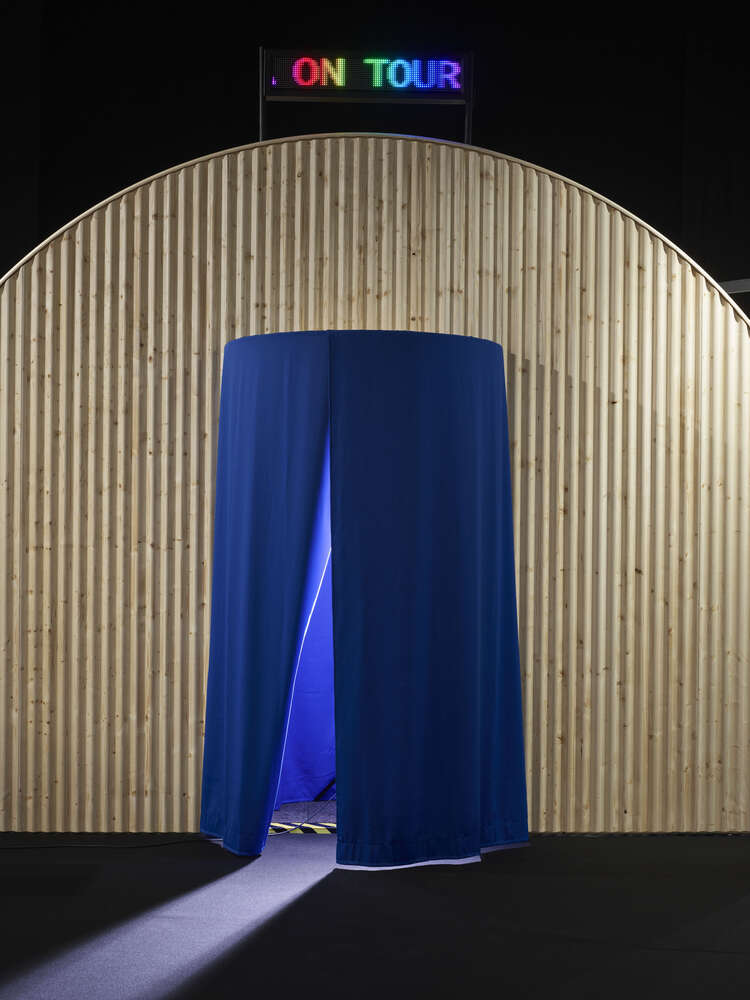
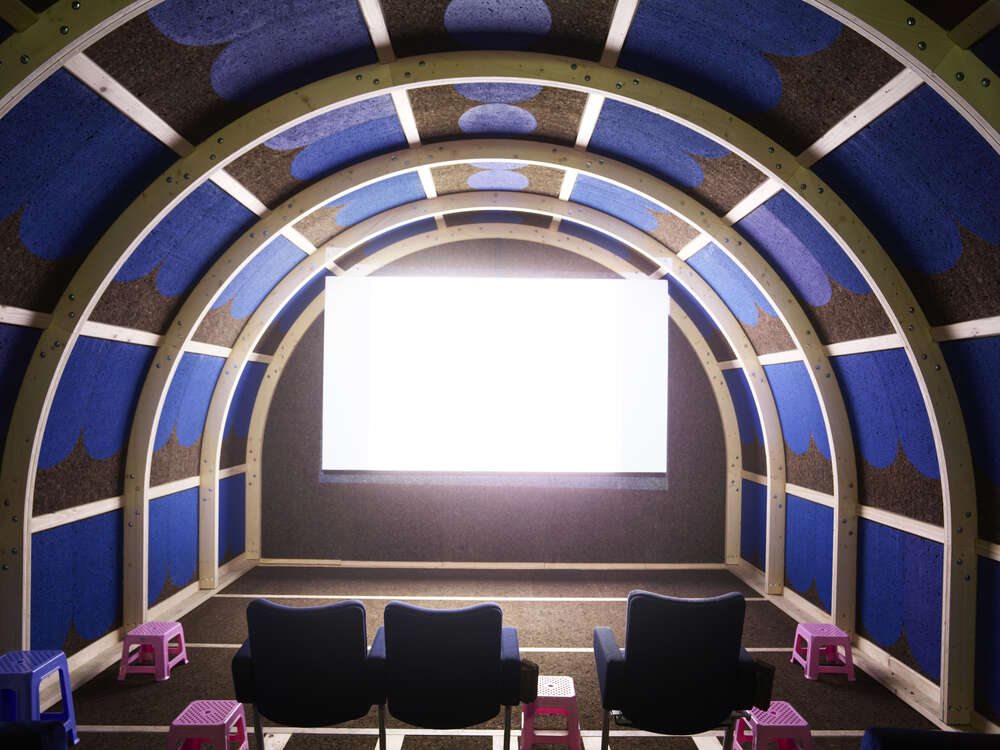
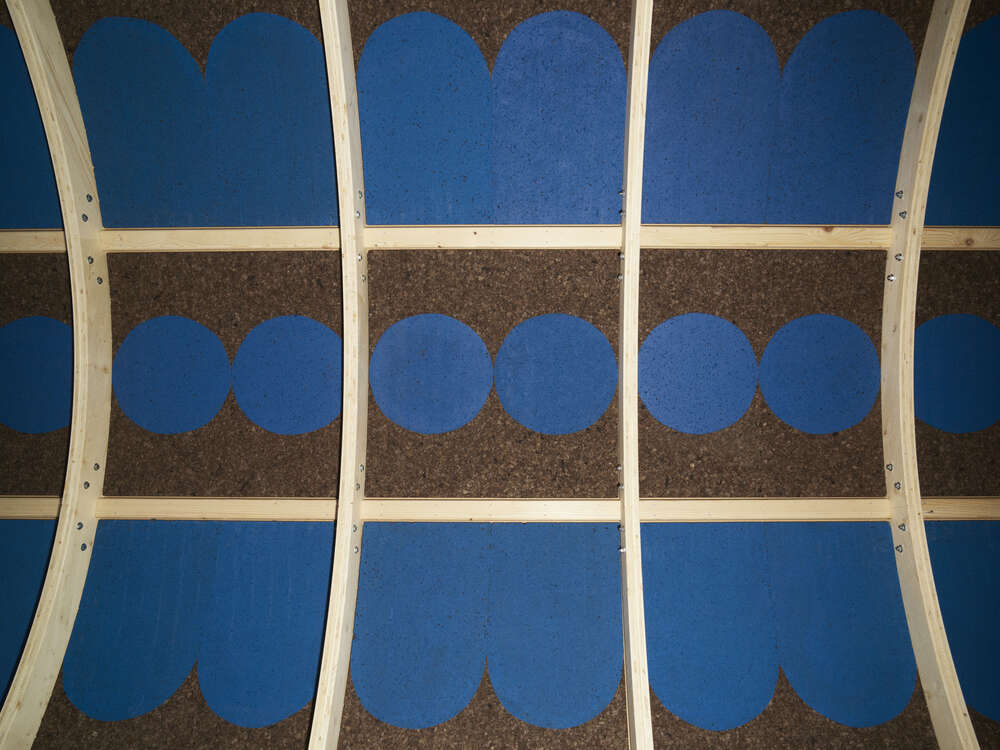
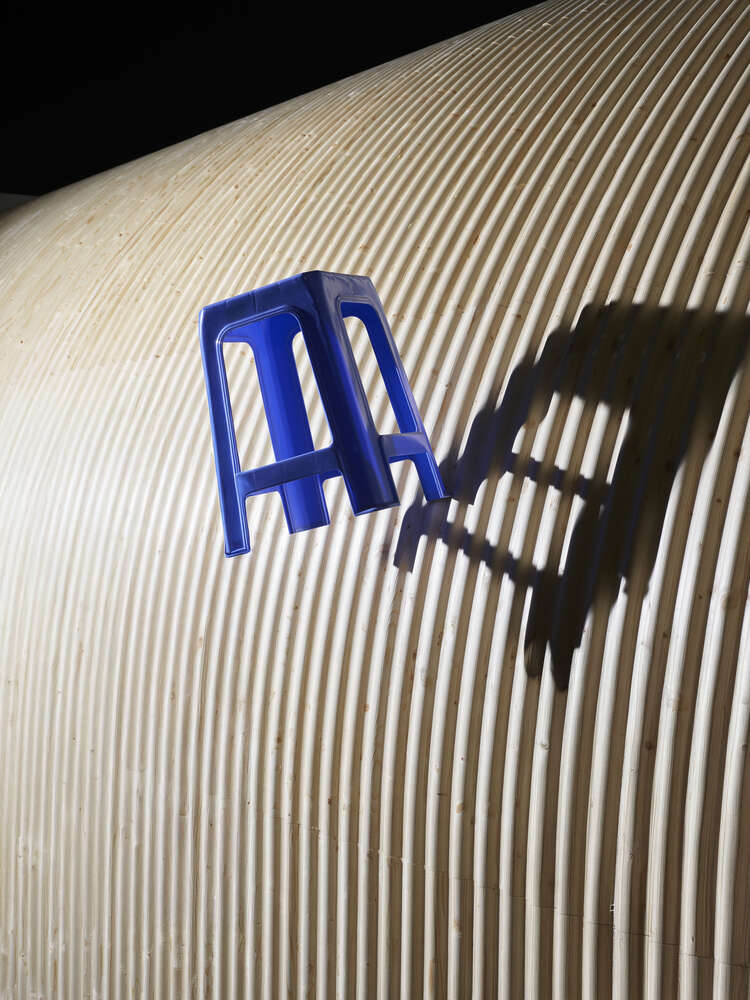
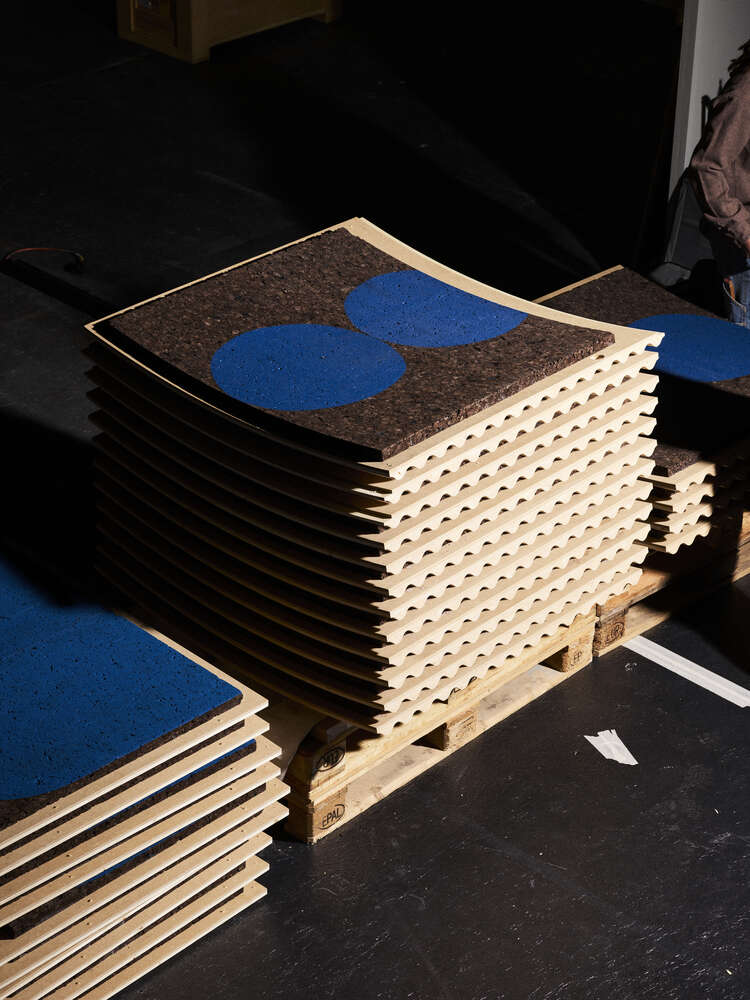
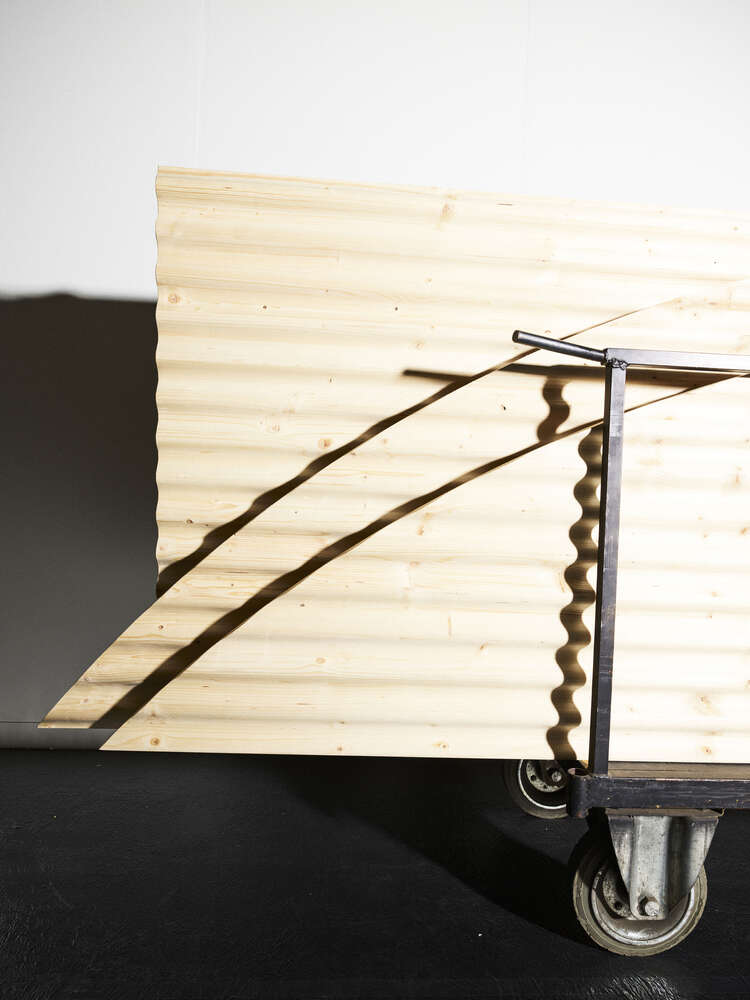
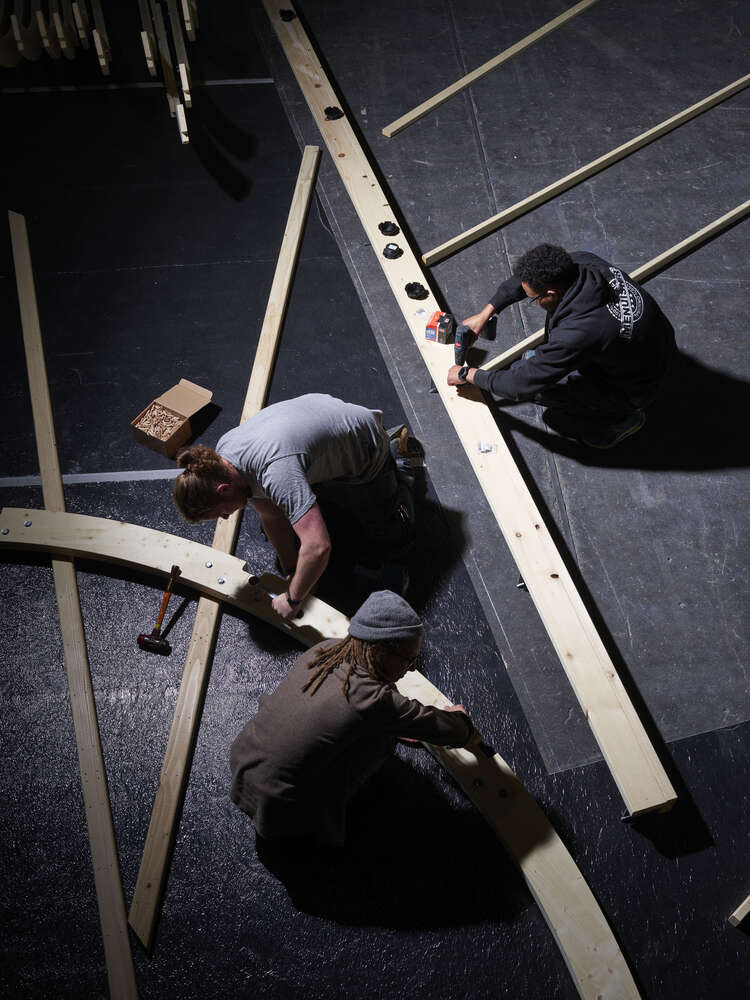
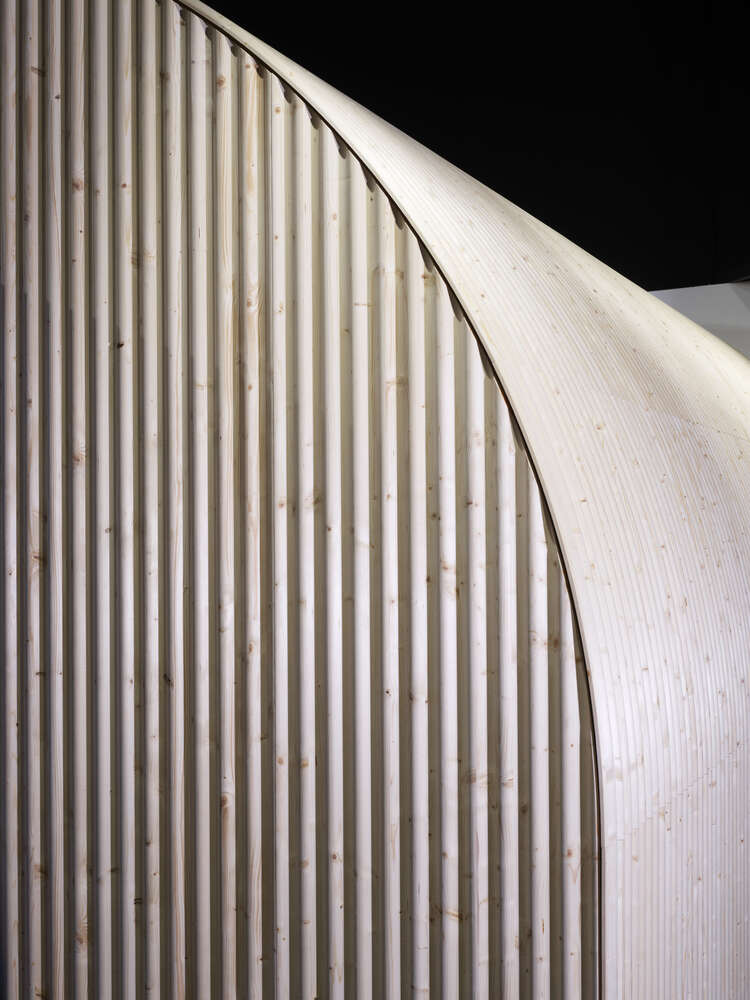
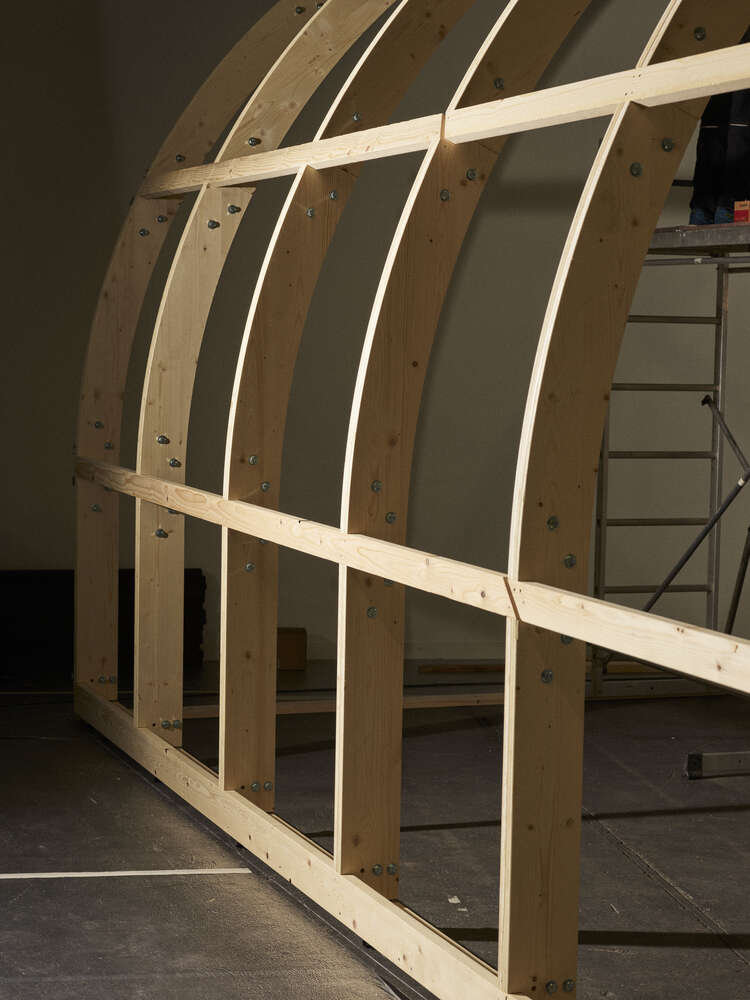
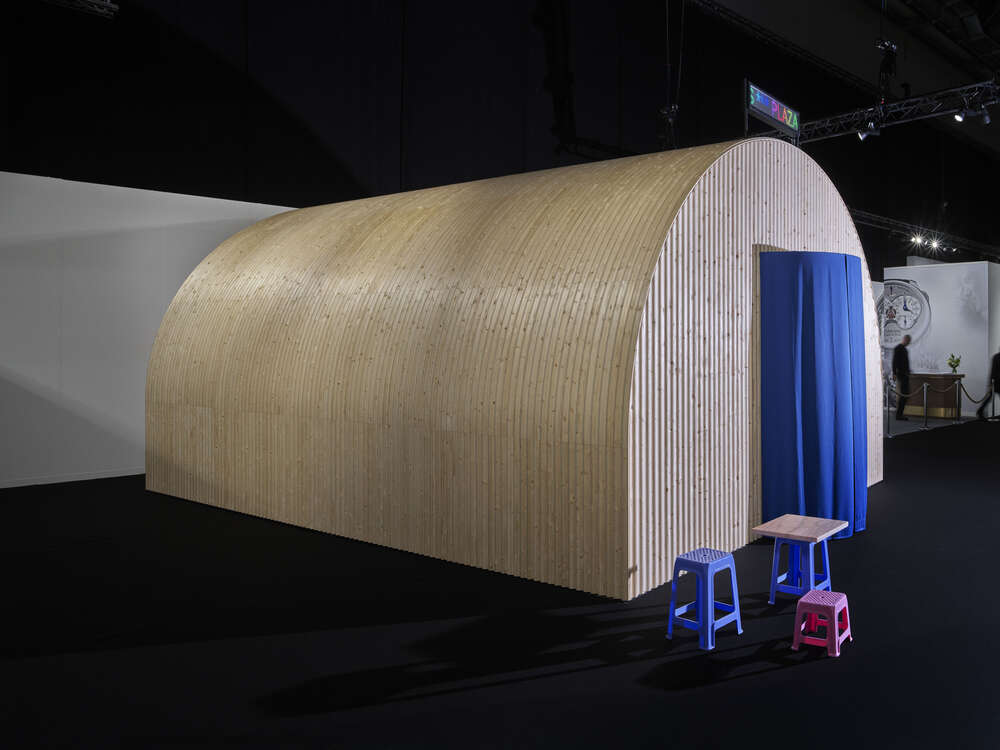
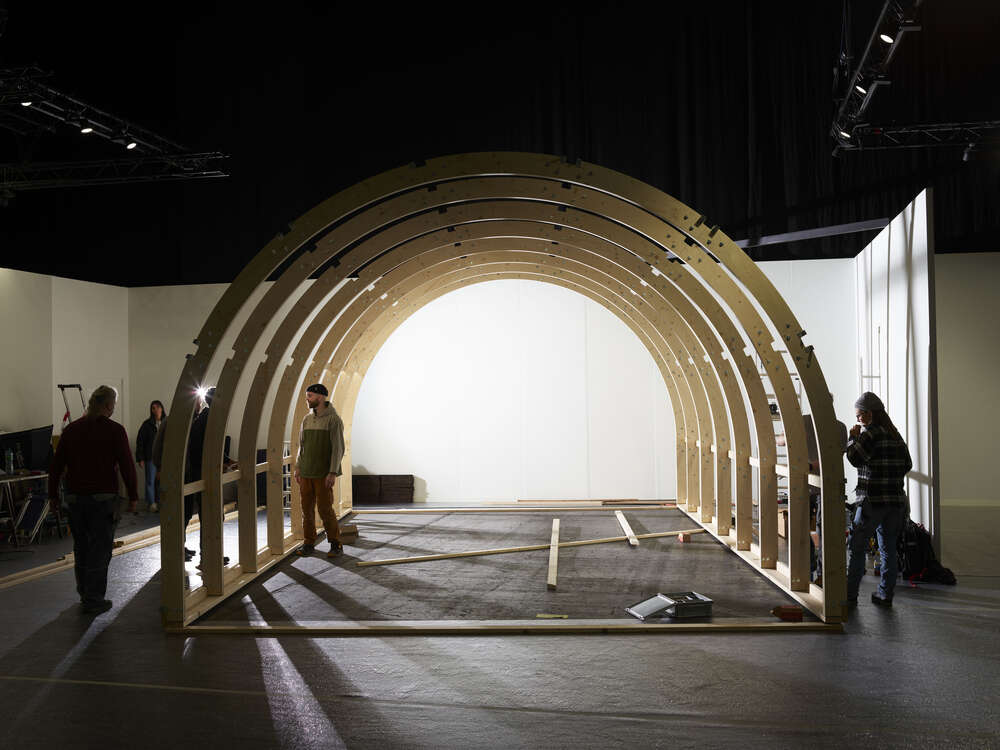
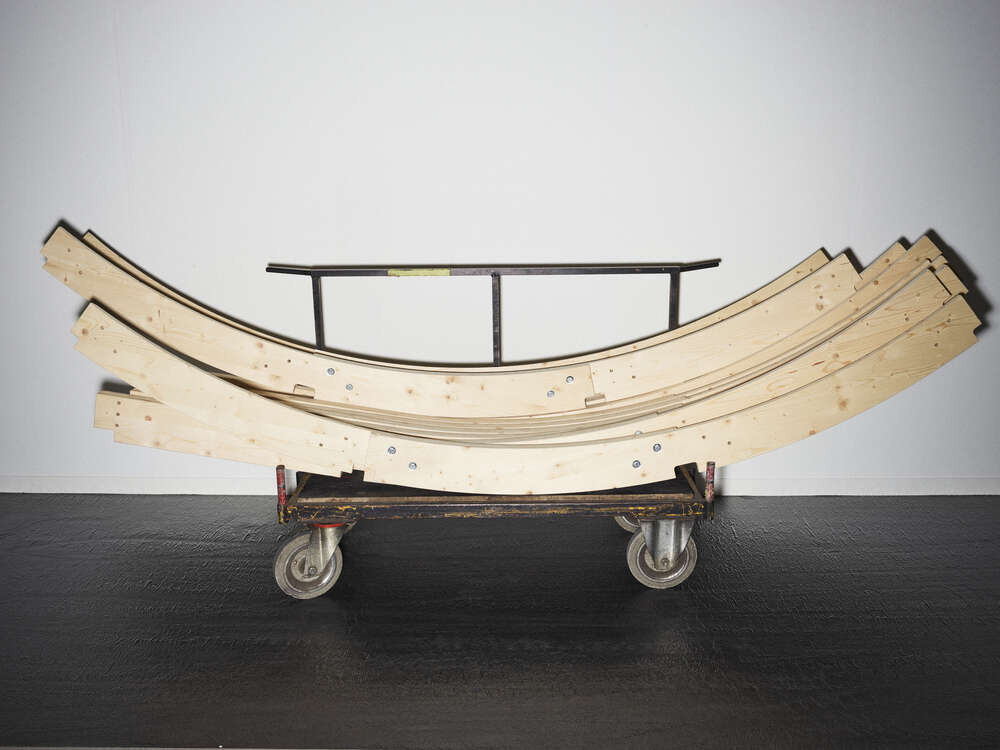
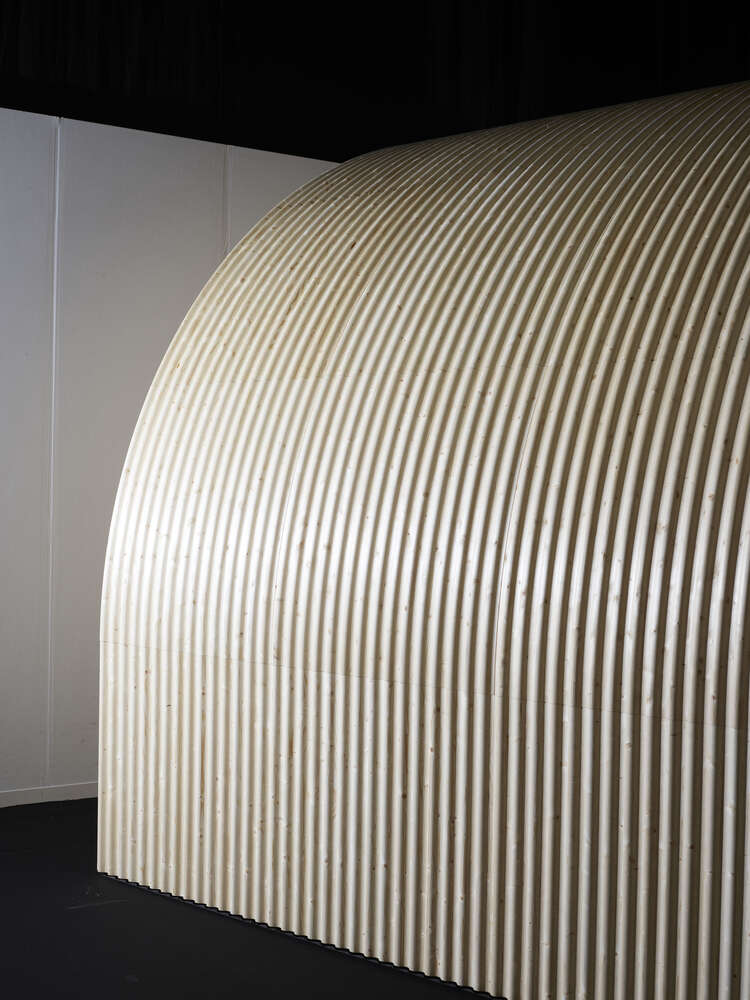
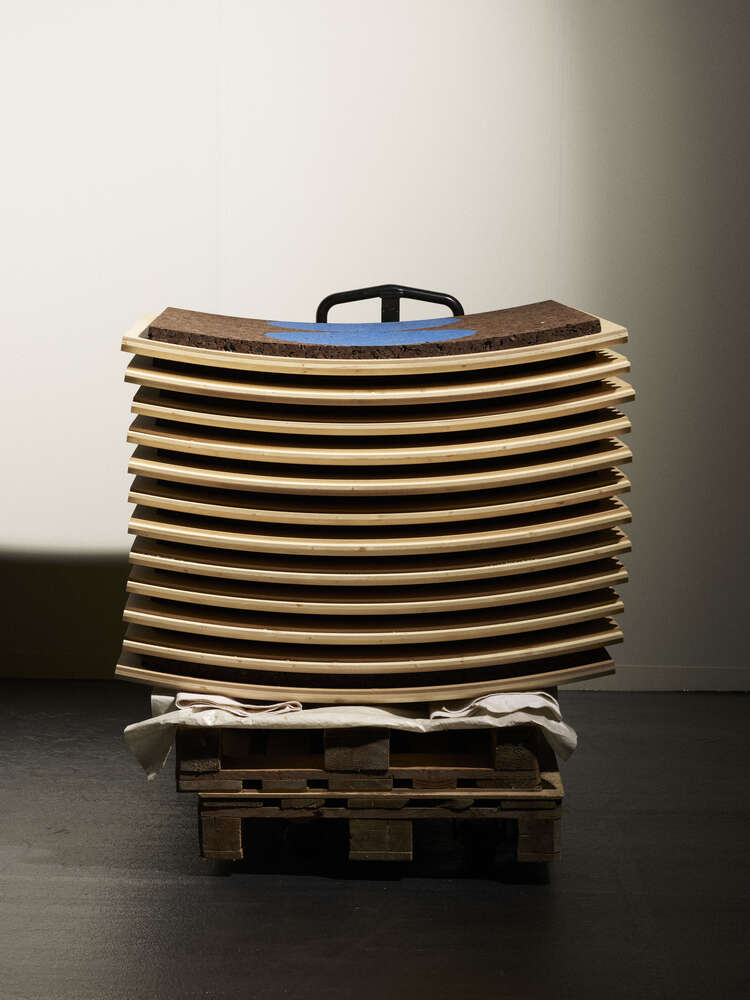
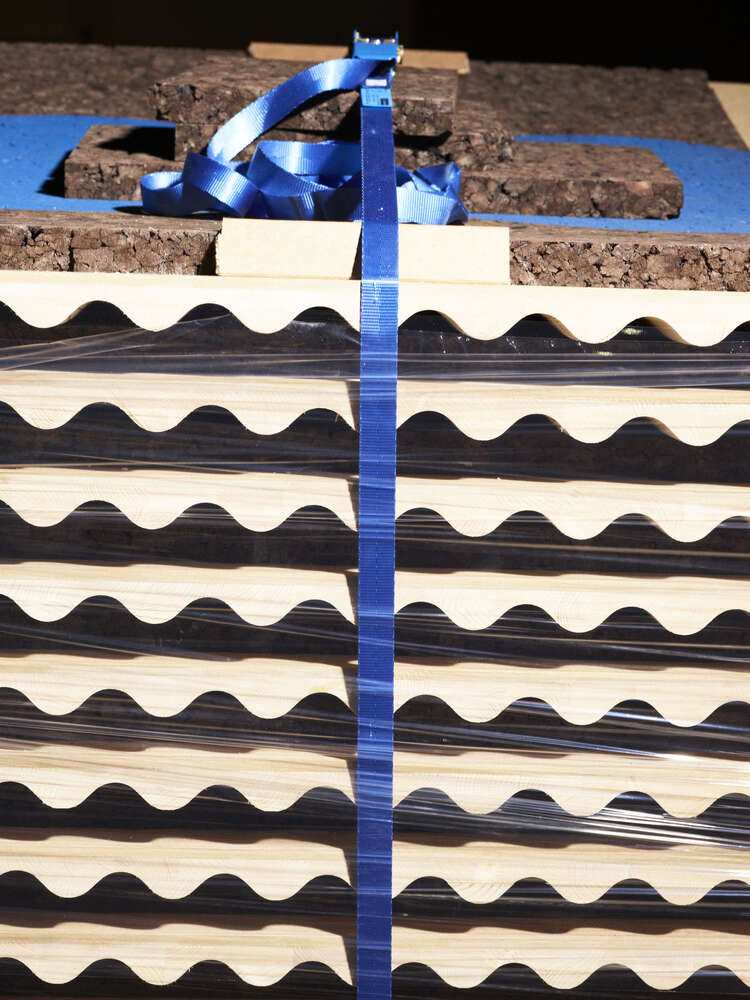
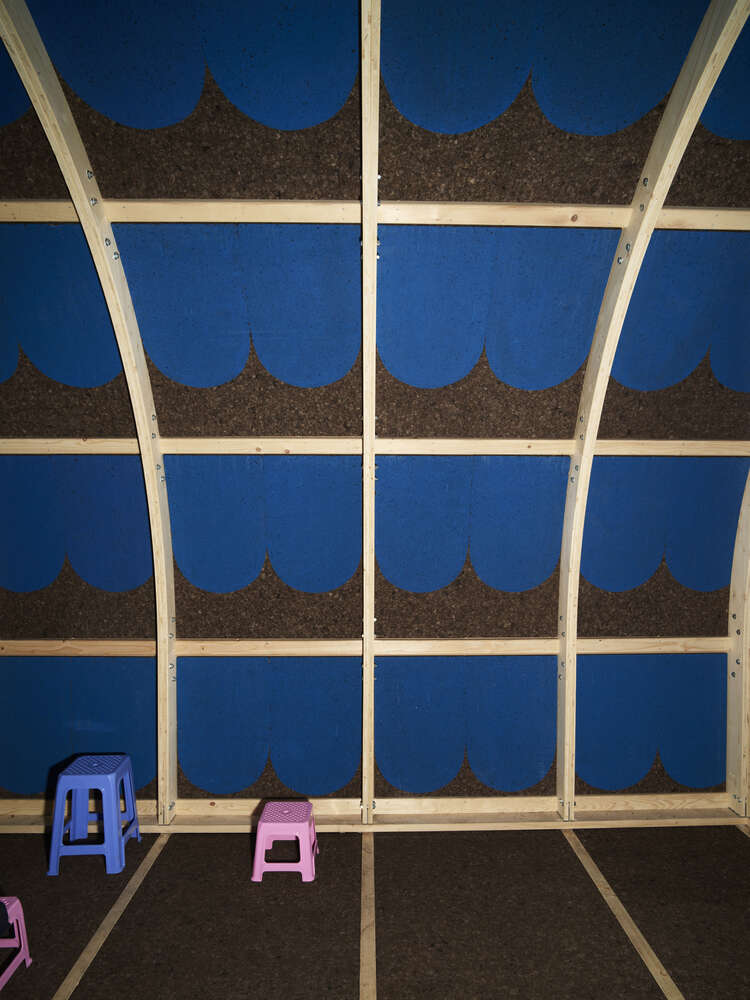
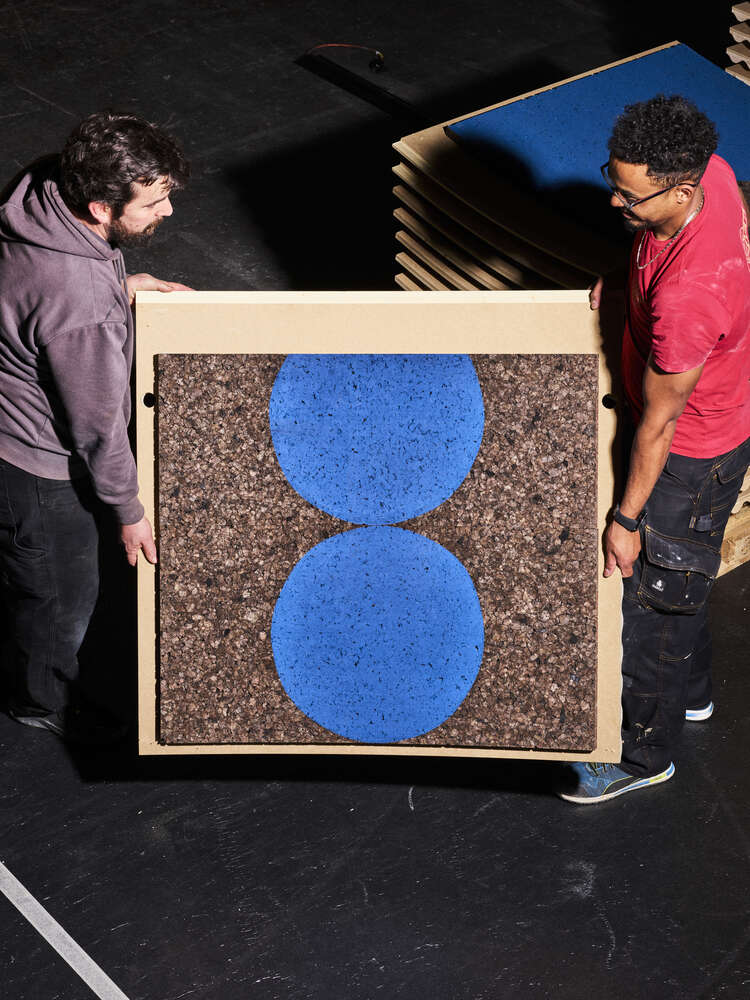
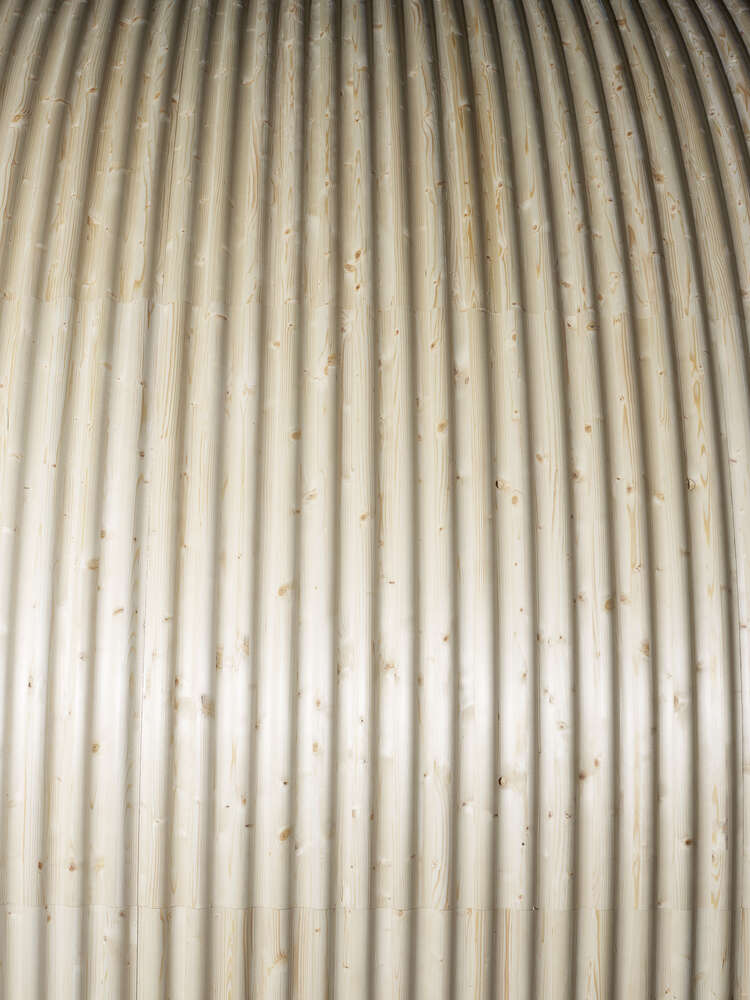
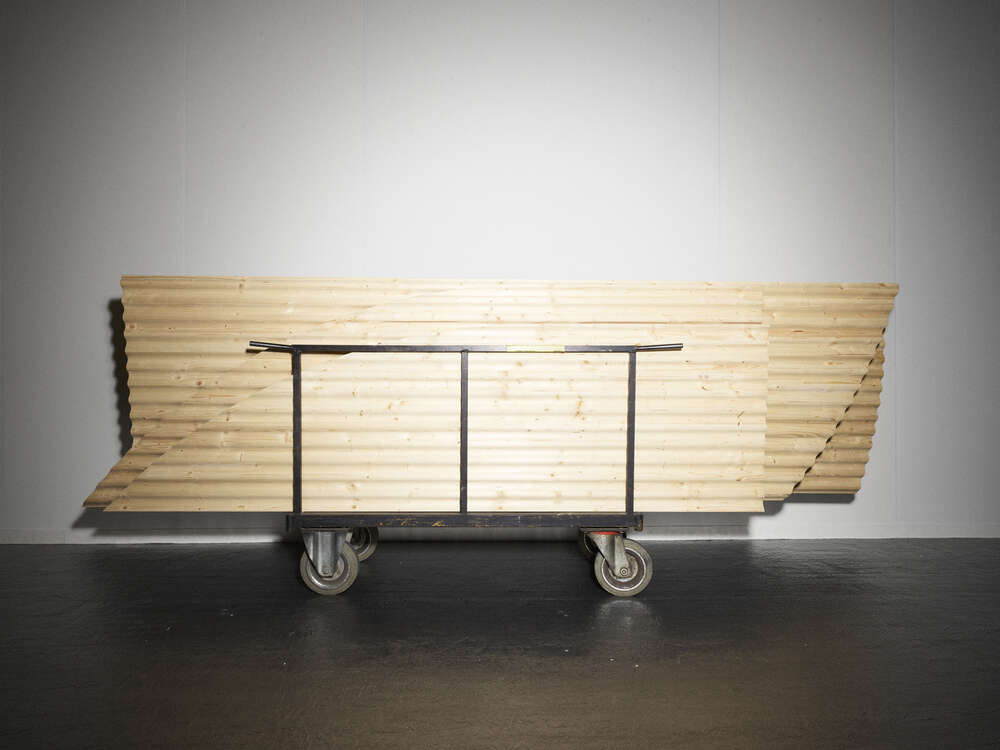
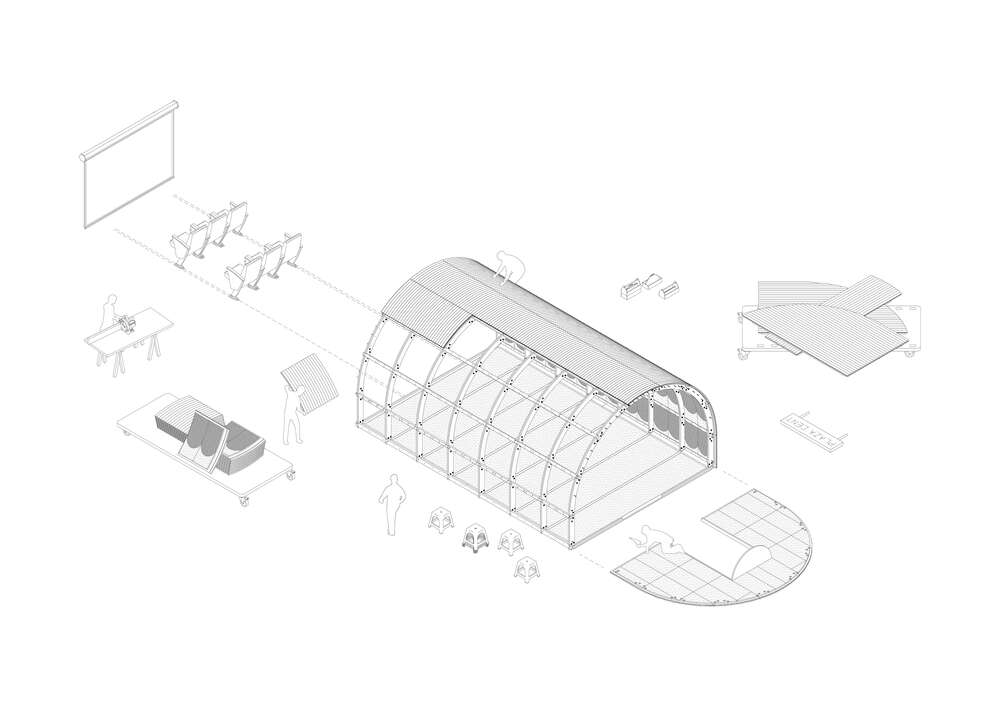
It is an interesting coincidence that the military unit known as the Quonset Hut took its name from a First Nation term and location. Quonset Point is simply the name of a small peninsula in Rhode Island that was occupied by the Algonquins until colonization. Would it be too much of a coincidence to suggest that the meaning of the word in Algonquian, “small, long place”, may have determined the nature of the prefabricated Quonset hut? It is, after all, a small, long, expandable dwelling unit. If this idea were to be followed, it could somehow be assimilated to an industrial version of the many types of First Nation longhouses, a dwelling for semi-temporary settlements that is based on a logic of assembly rather than construction. The unit can be seen as the result of an ‘installational’ rather than a constructional attitude. It is assembled or installed for a season, then dismantled and moved elsewhere as a kit of parts that can be packed and transported to host communities in possible and available sites as the seasons pass.
The Quonset hut, in this narrative, would be a transportable house derived from an autochthonous tradition and reinterpreted in a military context by the new metal folding technologies of the 1940s. The wooden arches and cork or wooden coverings of the longhouses are transformed into corrugated metal sheets over metal beams that would travel the world to house the pieces of American soldiers’ lives outside their homes.
The Plaza Foundation is a cultural institution in the making, dedicated to cinema and architecture, housed in one of the most emblematic buildings of Geneva (Switzerland) of its time, a large urban complex in which the architect Marc Joseph Saugey designed one of his most important public interiors: the Cinéma Plaza, inaugurated in 1952. The architect, who was fascinated by cinema and technological innovation in general, was a great admirer of American culture and industrial manufacturing. Before the renovated cinema, hotel and restaurant are unveiled in 2026, the Plaza Foundation wants to show its cultural proposals and program through a small nomadic movie house that represents the spirit of the Foundation.
The Quonset Plaza somehow absorbs and establishes lines of dialogue with three different cultural moments: the Algonquin longhouses, the Quonset huts of the 1940s and, finally, Saugey’s love for the American prefabrication and industrial technologies of the 1950s. Inside, an isolated interior is detached from its surroundings to allow immersion and captivation, to facilitate the possibility of grasping other realities through cinema. By transforming the very material of this stereotypical North American landscape icon, its identity suddenly becomes ambiguous, somewhere between an inhabitable model and a stage set, an abstraction and a domestic public space. Architectural artefact? Image? Mirage?